Cape to Cairo. The original idea was to unite all the English colonies in East Africa and one of the supporters of the idea was Cecil Rhodes. Although Rhodes preferred railway. Railway, however, is still not built.
Cape to Cairo is a kind of a legendary journey through East Africa. And some places, and some procedures that must inevitably be passed are a part of all that. You could say that they are such "stamp in memory" situations and are an integral part of this legendary journey.
One of the first issues is the check-in of a car (or motorcycle) in Egypt. The procedure, which I tried to remember and to write it down, but after having visited the tenth official (I think) got confused it got mixed up.
The next important place in this journey is Aswan. You can go down from Cairo to Aswan along different routes - through the Black and White Desert and the oases, along roads that are built on the Nile valley, a certain distance along the coastal road by the Red Sea.
But if one wishes to travel from Egypt to Sudan, then one can go there only by boat. By a real ship, not by the desert ship as camels are sometimes called. And the ship goes along the Nile River, or more precisely along the Lake Nasser.
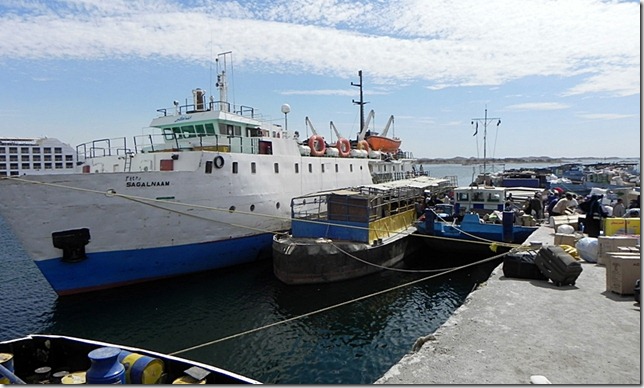
And the writing of this story was the result of the fresh information that the road from Egypt to Sudan is finally completed and will be opened in the near future, and so the ship is not required any more. It was real news indeed.
In earlier times, when Egypt was still calm, the transfer of the car had to be booked at least a month or even a few months earlier. Ship goes once a week and carries only the passengers. The barge takes only about 11 to 12 vehicles on board.
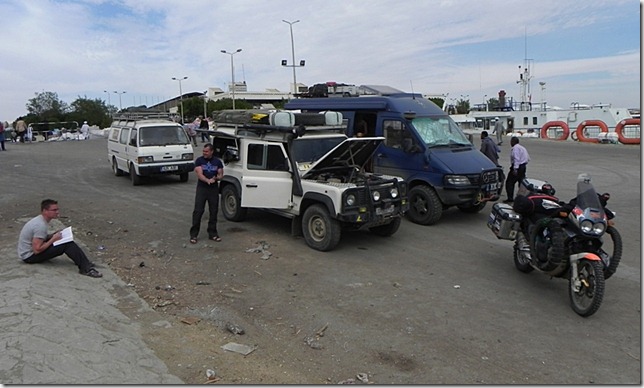
February 2011. Now there was only 3 cars and one motorbike. And the procedure of the car check-out takes only about half of the day. Different applications, documents etc.
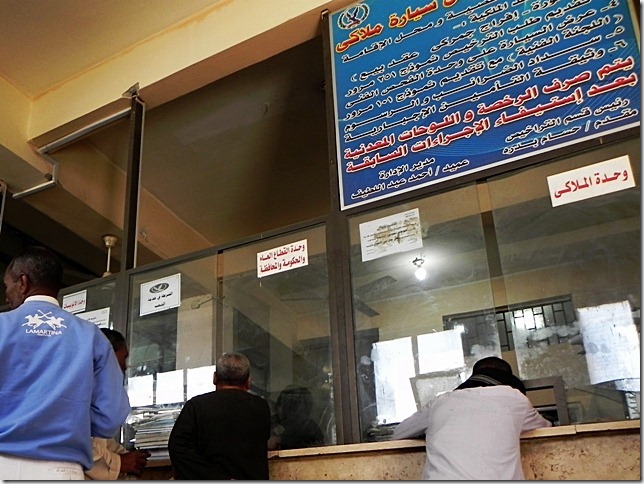
Egyptian license plates being returned. Here, it took only a little over an hour.
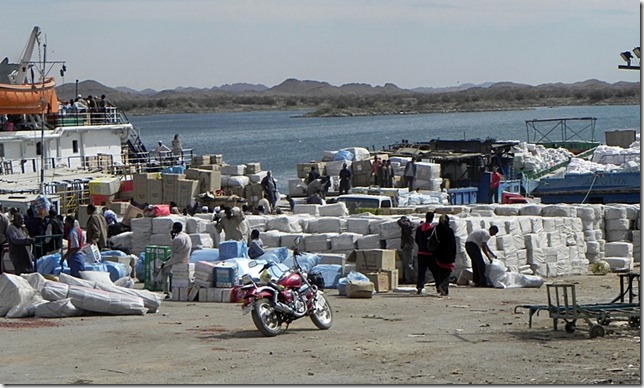
At the port. A lot of baggage and many people, the majority of them are from Sudan - now returning home after having worked in Libya .
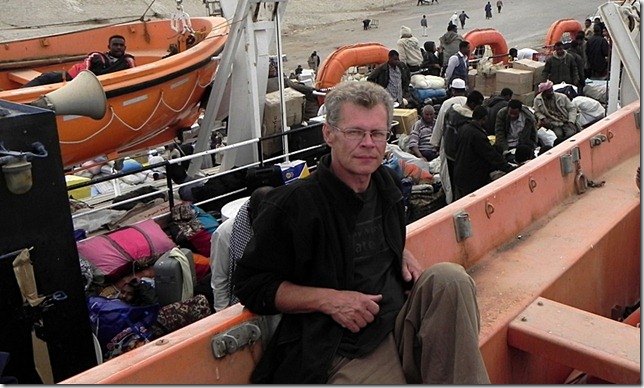
In a rescue boat. Because there is no room down under.

No space anywhere any more.
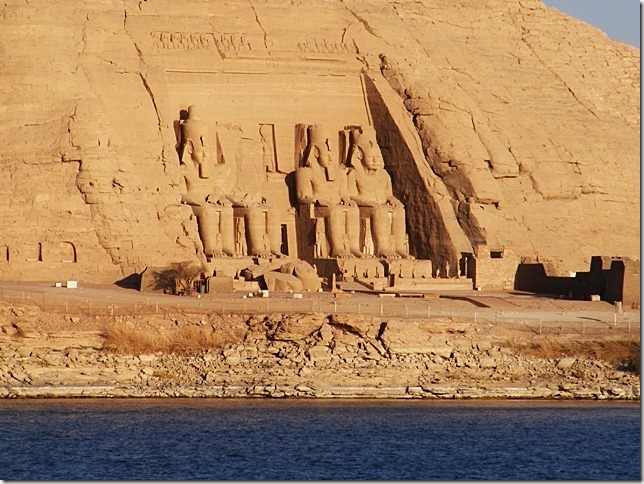
The next morning. Abu Simbel seen from the ship. Pre-trip information warned that the people would move to one side of the ship in order to have a better view at Abu Simbel and the ship could to sink to one side. However, because the moving around was complicated there was not this kind of an experience.
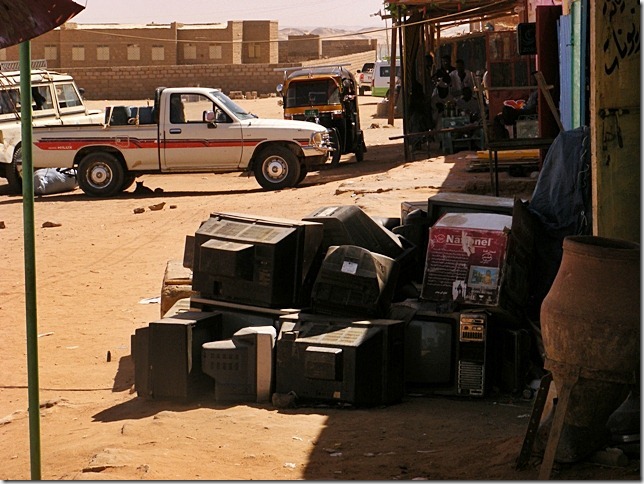
With Sudan and the "real" Africa begins.
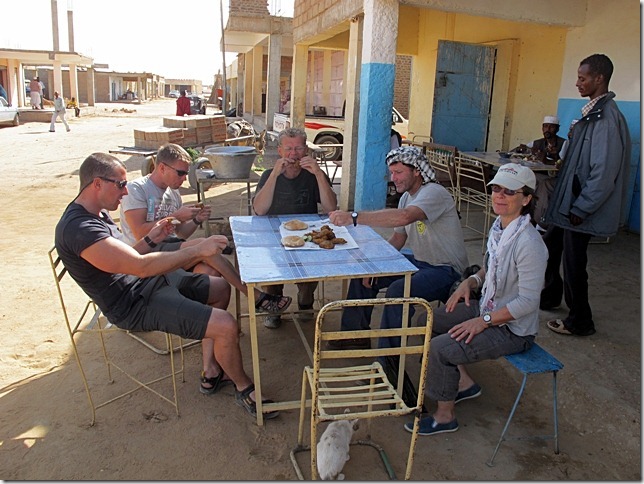
Wadi Halfa. In a restaurant. Freshly cooked fish. Very tasty indeed.
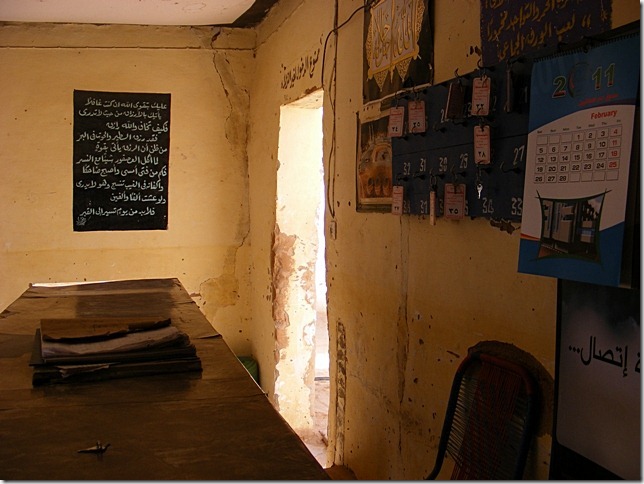
Hotel. The reception.
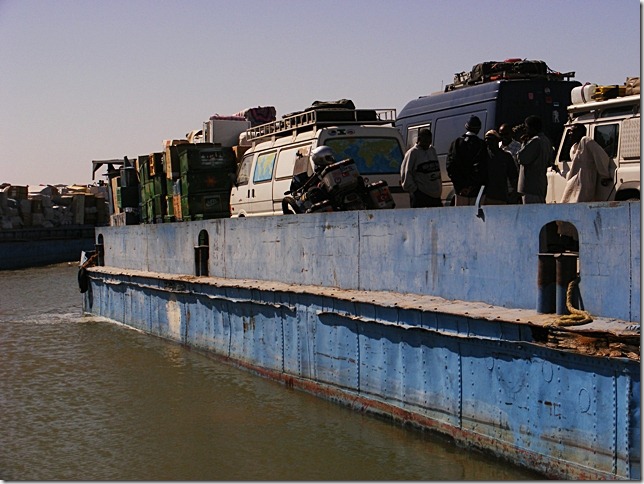
Two days later the barge arrives with the cars and with the rest of the passengers` luggage. The barge moves only in daylight, because of the navigation equipment
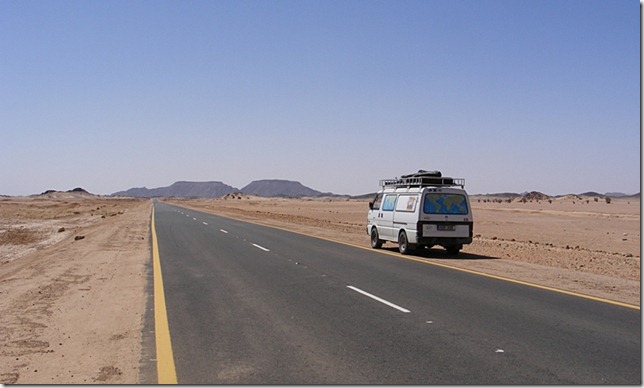
The capital of Sudan - Khartoum – can be reached now using the asphalt road. Previously the route ran along a sandy track and the Nile had to be crossed over by small so called barges.
However, you can turn either left or right from the big road, and drive and spend the night in the desert. No one there to forbid it.

And in conclusion:
This ship was and remains an important part of this journey. This is something you can tell to the children, these 18 hours on board the ship, and the days before and after the trip will be remembered for a long time. I remember when I first heard about this ship, and how the cars are being transported.
But most importantly - I can say that I was there, I've been on that ship and I am sorry that this part of the legendary journey will soon be gone.
And another change is waiting ahead for the legendary Cape-Cairo route. Although not immediately, but perhaps in a year or two. This is the road of 300 kilometres taking from Ethiopia to Kenya, The Moyale-Marsabit-Isiolo road, or the Marsabit Road, or the "bandit highway."
Legends disappear...
Twenty years from now you will be more disappointed by the things you didn't do than by the ones you did.
A longer blog entry - written about a year ago - about voyage on board the vessel is located here : Wadi Halfa Ferry



No comments:
Post a Comment